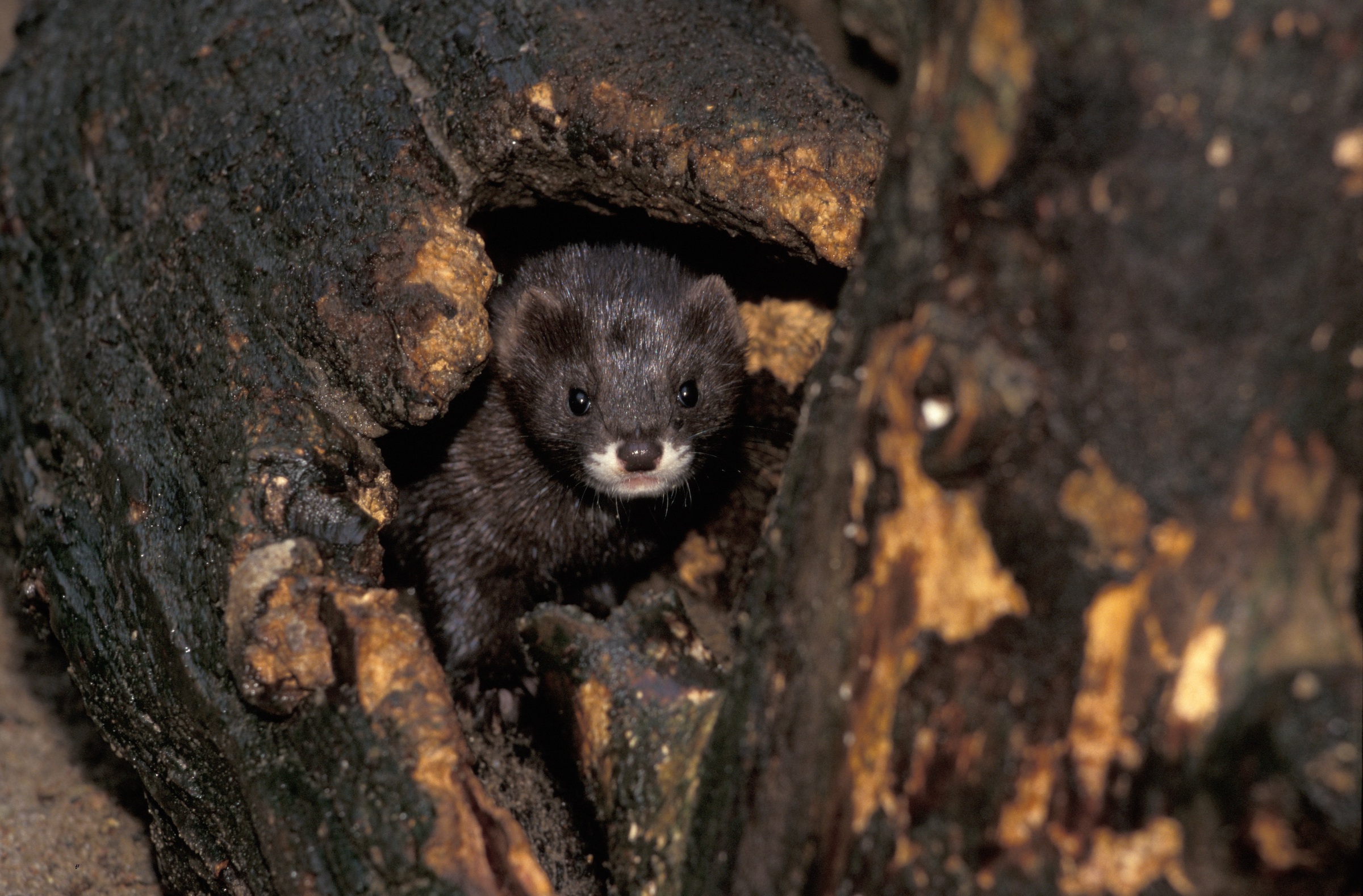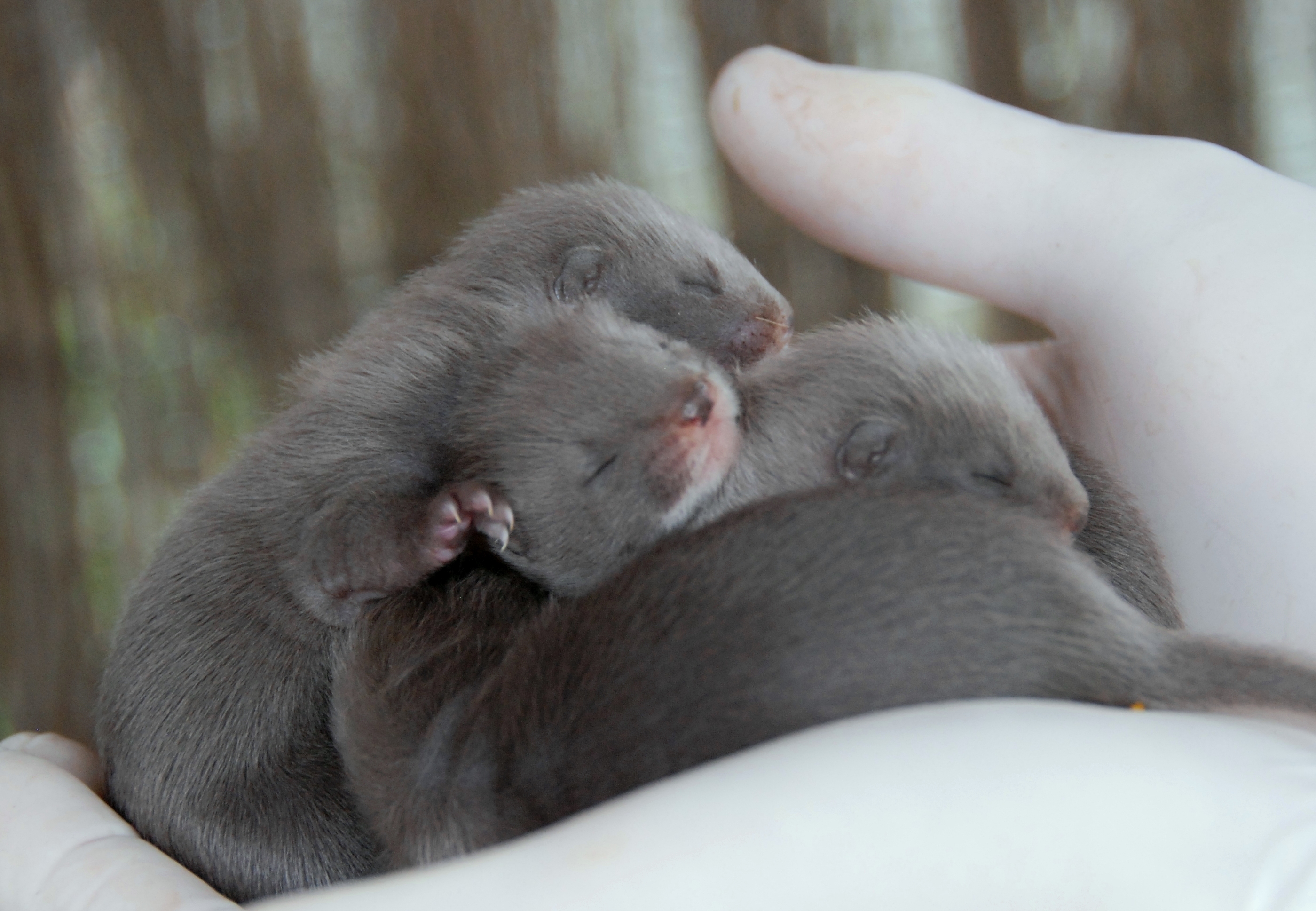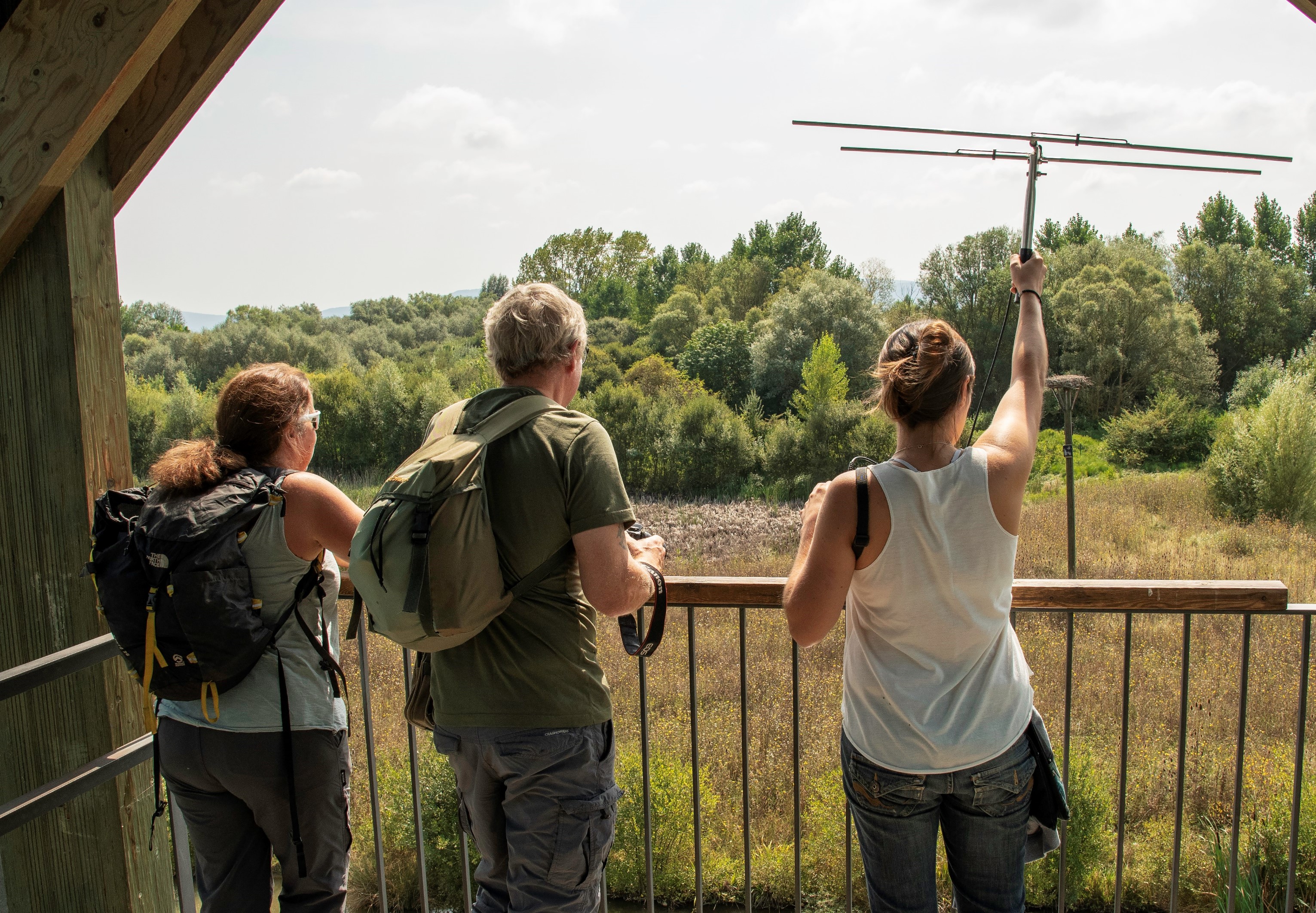Research
European Mink Project
The critically endangered European mink Mustela lutreola is the rarest terrestrial carnivore in Europe. Once widely distributed throughout Europe and Russia, the species now persists only in isolated fragments of its former range: in northern Spain, France, the Danube delta in Romania and the Ukraine, and parts of Russia (where it is reported to be scarce). Small reintroduced populations exist on the Estonian Island of Hiiumaa, and in Germany.
Through the twentieth century, European mink suffered over-hunting, and like many species – habitat loss, degradation and pollution. The arrival of the invasive American mink Neovison vison was the last straw. Brought to Europe for fur farming in the 1930s, American mink escaped, and feral populations now exist in most European countries (and across most of Russia, where they were released directly into the wild in the 1970s to provide quarry for hunters). WildCRU has been researching European and American mink (their ecology, interactions with intraguild species, and their management) for nearly 25 years. In the upper reaches of the Lovat River Valley, a pristine wetland in northeastern Belarus, in collaboration with Vadim Sidorovich, using surveys, diet analysis and radiotracking, we found that American mink outcompete their European counterpart through interspecific aggression. In short, American mink (that are related to European mink only in name) are slightly larger, slightly more adaptable and slightly more aggressive, and are always the winners when the two species interact in the riverine habitats that they both want to occupy. The result is that European mink are pushed into suboptimal habitats unsuitable for reproduction, and long-term population persistence. In the Lovat River Valley, European mink are now gone.
American mink control is crucial; but refuges where wild populations can be established safe from invasion by American mink are also necessary. One such refuge – an island sanctuary – was established on Hiiumaa Island, 22 km from the Estonian mainland. There, 172 captive-bred European mink were released between 2000 and 2003. Together with Tiit Maran of Tallinn zoo (who led the release), and Madis Podra (Lutreola Foundation, now also with Tragsatec, Spain), we monitored the animals’ survival, their diet and their movements to assess how they were adapting to the wild. Like many other captive-bred animals released into the wild, European mink suffered high predation rates in the first few days following release, ate atypical (sometimes domestic) prey, and moved erratically over the landscape. However, changes in the animals’ diet suggested that those that survived the first few days were able to adapt to life in the wild within 4 – 6 weeks after release. European mink now occupy all suitable habitat on Hiiumaa Island and although the population is probably not yet large enough to be self-sustaining, all live-trapped individuals in recent years have been wild-born.
Key questions now are: can the same success be achieved elsewhere?, what is the most efficient and humane strategy for American mink control?, how can naive captive-bred European mink best be prepared for release into the wild? – the Hiiumaa reintroduction demonstrates that success is possible but, with efficiency and ethics in mind, we still don’t know what release strategy is best to ensure the highest possible animal survival, nor do we know whether short- and long-term survival probability of individuals is linked or whether each may be influenced by different factors (requiring different conservation strategies over time). Perhaps most important: what potential is there across Europe for expansion of the species?
Currently, in collaboration with Madis Podra and Asun Gomez (formerly LIFE Lutreola, Spain; both now with Tragsatec, Spain), we are focusing our efforts on northern Spain where an estimated 500 European mink still persist in what is thought to be the second largest European population of the species. Together with Vincent Wildlife Trust, we are comparing the use of a number of different survey methods (camera traps, hair tubes, eDNA, live trapping) to identify the most efficient method for landscape-scale surveys. This is a crucial first step to enable reliable estimates of population size and distribution in northern Spain (and, in the longer-term, elsewhere across Europe). The next steps will be to identify suitable areas for release, and to design experimental release strategies that will provide clear plans for the way forward.
WildCRU’s research on European mink is led by Dr Lauren Harrington, in collaboration with Madis Podra and Asun Gomez (Tragsatec, Spain), and Vincent Wildlife Trust. If you would like to help support this project in their work towards saving this critically endangered European carnivore, please consider making a donation through this link.
References
For an overview of the status of the European mink, the causes of its decline, and the important restoration work that has been undertaken thus far in Spain and in Estonia, see:
Maran, T., Põdra, M., Harrington, L.A., and Macdonald, D.W. (2017) European mink – restoration attempts for a species on the brink of extinction. In: Biology and Conservation of Musteloids, pp. 370-388. Edited by: Macdonald, D.W., Newman, C. and Harrington, L.A. Oxford University Press. (For a pdf copy please contact Lauren Harrington).
For a full list of project publications see here.
-
 European Mink © A.L.Harrington
European Mink © A.L.Harrington -
 Captive-bred European Mink kits © Madis Põdra
Captive-bred European Mink kits © Madis Põdra -
 Radio-tracking European Mink, Spain © A.L. Harrington
Radio-tracking European Mink, Spain © A.L. Harrington





